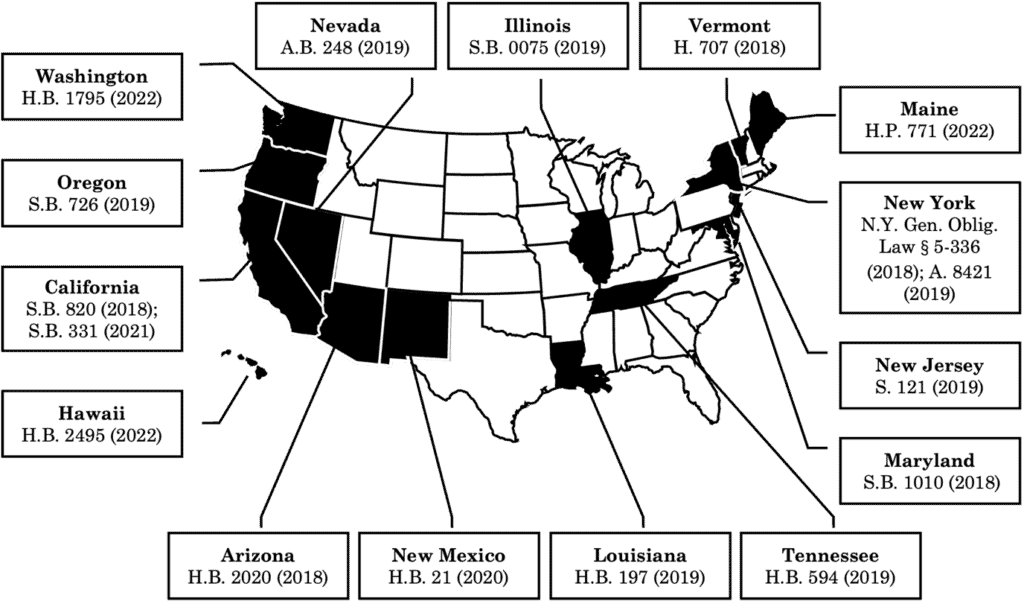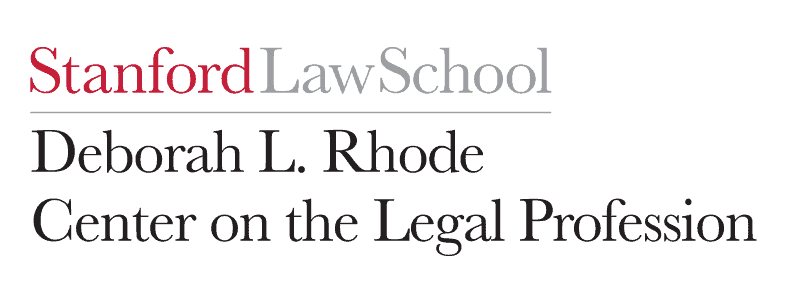LATEST UPDATES
Menu
In recent years, state legislatures and courts have pared back litigation secrecy, fueled by revelations of corporate and individual malfeasance, from #MeToo to opioids, that, if discovered sooner, might have avoided further harm or even saved lives. In California, the exposure of Harvey Weinstein’s predations prompted the state’s legislature to enact the Stand Together Against Non-Disclosure (STAND) Act, restricting confidentiality clauses in settlement agreements in cases involving sexual misconduct. Even before the STAND Act, other states had moved to open up civil litigation, and appellate courts expressed thinning patience with over-broad and poorly supported trial court orders that shield important information from public scrutiny.

These transparency-promoting efforts have spurred heated debate. Proponents point to public health and safety benefits and to “open courts” as a cornerstone of American law. Opponents counter that dispute resolution outside the public eye serves equally cherished American ideals of privacy, individual autonomy, and efficient settlement of differences. On the latter, a recent effort to extend California’s STAND Act to much of tort law—which the Rhode Center supported—went down to defeat amidst opponents’ claims that transparency would unleash a cascade of negative effects, including an uptick in adversarialism, higher litigation costs, and fewer settlements.
These debates have suffered from a severe lack of empirical evidence. Basic questions go unanswered: Does limiting non-disclosure agreements increase litigation? How common are stipulated protective orders? What effect does limiting secrecy and increasing transparency in litigation actually have?
The Rhode Center’s Transparency in Litigation project is answering these questions using first-of-its-kind rigorous empirical research on vast amounts of data from both state and federal courts. As with all of our work, we seek to bring evidence and discipline to legal and policy debates, further informed decision making by key stakeholders, and advance understanding and scholarship on these complex issues.

The first comprehensive accounting of stipulated protective orders in federal litigation. Using state-of-the-art machine-learning techniques, this Article analyzes an original dataset of over 2.2 million federal cases to answer these persistent and profoundly important questions. Along the way, we find that stipulated protective orders are surprisingly prevalent. Grant rates for stipulated protective orders are sky high. And even though many insist that judges are scrupulous in the entry of such orders, over our entire study period, a majority of federal judges never ever rejected a joint protective order request.
